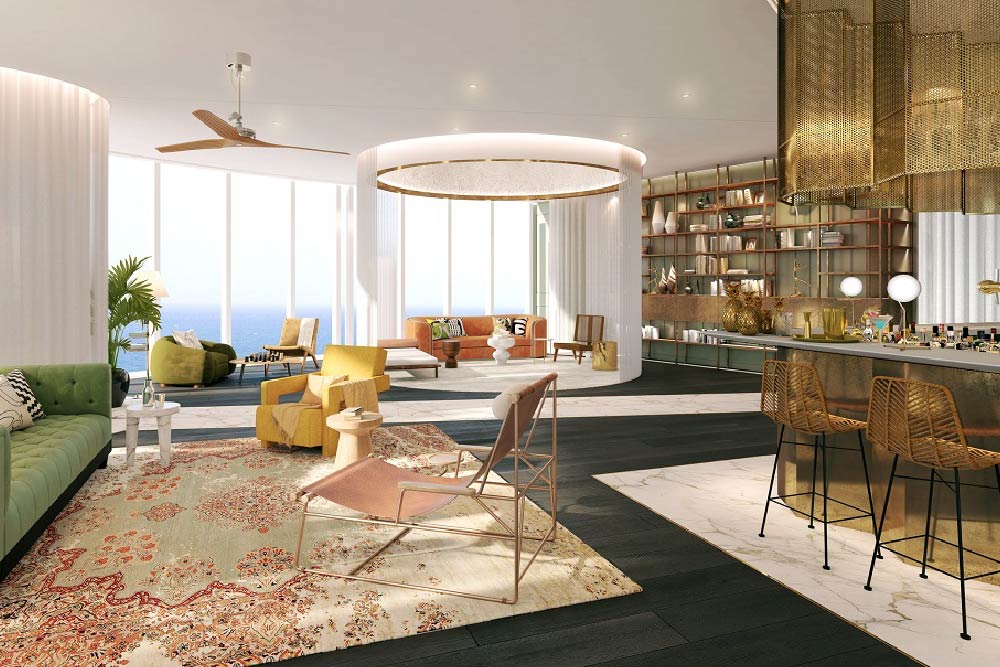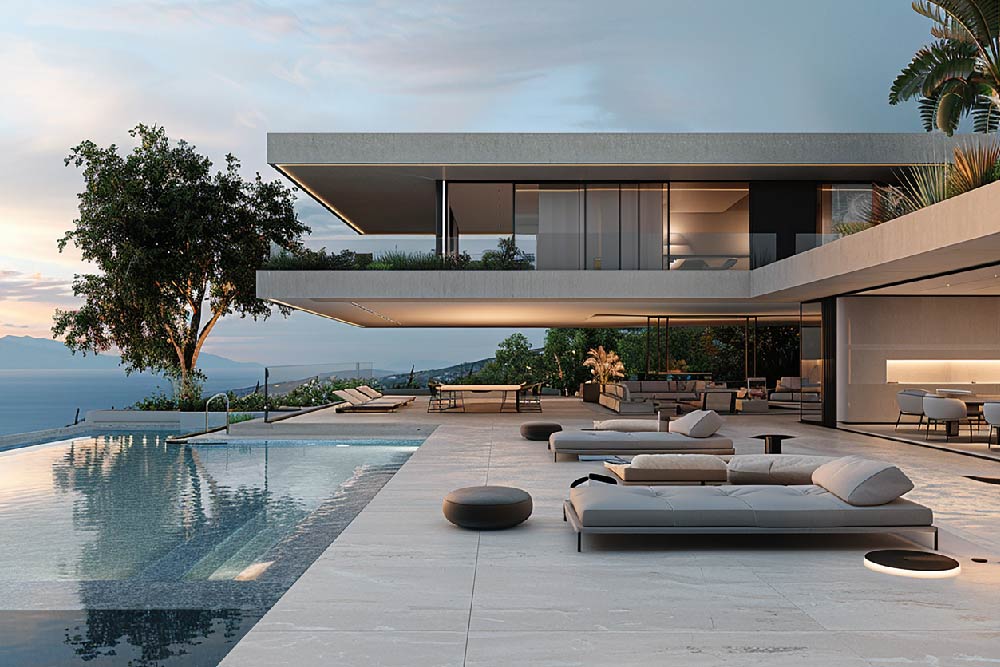
In attempts to accommodate the growing population and influx of people for better employment opportunities, many Indian cities are now growing vertically. As a result, which floor to buy a flat on has become one of the most pressing questions for prospective home buyers. Should you go for accessible lower floors or enjoy scenic views from the top floors? The answer is not always straightforward but can significantly impact your living experience.
So are you a home buyer contemplating which floor will be the best for you in a high-rise residential project? Here are some factors you should consider before making that choice:
Floor Rise Charges (FRC)
Because of the perceived higher quality of life on top floors, many builders charge – anywhere between 15% and 25% – extra for flats on higher floors. The FRC is determined by the builder or the construction company and takes into account the overall construction costs, interests, and overheads. So if you want to live on higher floors, you will need to adjust your budget accordingly.
Security and Privacy
Lower floors are usually considered comparatively unsafe as they are easier for criminals and other anti-social elements to break into than upper floors. But if you are set on choosing a lower floor, be sure to verify the security arrangements in and around your high-rise complex.
Additionally, lower levels also offer less privacy, especially if the building is near a busy road. So if you want to enjoy a quiet and peaceful home, higher floors may be better suited for you.
Fire Safety
Fire safety can be an issue for occupants on higher floors. An occupancy certificate from the local authorities can help you determine whether the building has received clearance from the fire department and meets the necessary safety criteria.
Access and Family Considerations
Ideally, high-rise buildings must offer at least two lifts and staircases so people can rely on another lift in case one fails. The number of lifts and backup systems becomes crucial when you consider your family members – especially elders and small children. In a case where both lifts fail, you have to rely on staircases and must consider whether they would be convenient to use and easy to access.
Floor Deviations
In many cases, builders deviate from the construction plans on the top floor, which can get you in trouble down the line. So if your heart is set on the top floor, make sure that the construction adheres to the approved plans and has all the necessary clearances.
Network Coverage
You may experience spotty mobile network coverage as you go up in a high-rise building. Broadband facilities may also be unavailable on higher floors. So make sure you have adequate network coverage in the flat if you choose a higher floor.
Power Consumptions
Lower floors are generally cooler than top floors and require less energy – especially during summers when you must run AC units or coolers to keep your house cool. You need to keep the electricity costs in mind when choosing the floor, especially if your city experiences long and harsh summers.
Vantage Point
The most obvious advantage of top floors is the vantage point and views you can experience from your windows or balconies. So if the high-rise is near a scenic place and you want to enjoy the view, go for the top floors.
Light and Ventilation
Apart from the view, higher floors also have better natural light and ventilation, making your home feel light and airy. You will also be away from street-level disturbances if you opt for top floors rather than ground or lower floors.
Rental Returns
If you are buying a flat as an investment, lower floors may fetch better rental returns. But make sure to understand how the climate affects renters’ choices. For example, renters in Mumbai or Bangalore prefer upper floors – away from the noises of the street, whereas renters in Delhi – NCR and Chennai prefer lower floors.
Still confused about what floor to choose? Squarea expert team can help you find the right luxury home for you. Get in touch with us today to find the home that fits your lifestyle.
For more details on this subject, please email hello@squarea.io




